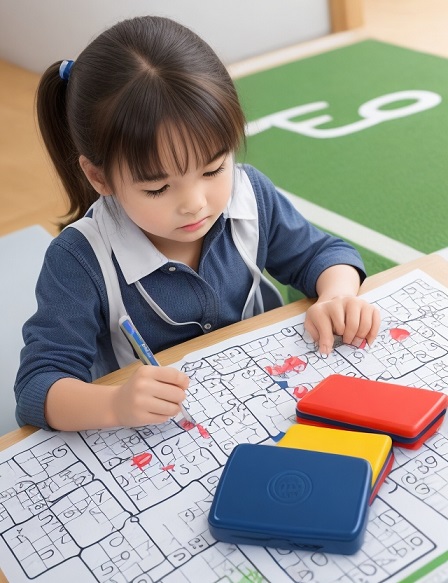The Sudoku craze has swept across the UK and beyond, captivating minds and challenging logic enthusiasts of all ages. The surge in popularity raises the question: why has this seemingly simple logic puzzle become a phenomenon, and how can it benefit our children’s cognitive development?
The Rise of Sudoku: A Brief History
Originating in the US in the 1970s, Sudoku, also known as “Number Squares,” found its foothold in Japan, where the term “Sudoku” meaning “single number” was coined. However, the fervor truly ignited in 2004 when a UK newspaper began publishing Sudoku puzzles. The puzzles swiftly permeated other media outlets, captivating commuters, parents, and notably, children.
Sudoku in Education: A Tool for Learning
From a parental perspective, Sudoku puzzles prove to be an ideal companion for long journeys, waiting rooms, and rainy afternoons. More interestingly, these puzzles have found a place in classrooms, where teachers recognize their benefits. Sudoku serves as an engaging activity for children who finish early, a whole-class exercise, or even as assigned “homework.” The UK government’s Teachers magazine endorses the use of Sudoku puzzles in classrooms as a brain-boosting exercise.
Building Skills and Confidence
Beyond being a pastime, Sudoku contributes significantly to a child’s cognitive development. The puzzles, if appropriately tailored to the child’s age and skill level, enhance logic, reasoning, and concentration. They provide a unique opportunity for children of all abilities to enjoy challenges that build confidence. It’s crucial to seek out puzzles specifically designed for kids, starting from simple 4×4 grids for five-year-olds, progressing to 6×6 grids, and eventually tackling the traditional 9×9 grid.
The Appeal of Sudoku for Kids
What makes Sudoku so appealing to children? Unlike its mathematical connotation, Sudoku requires no arithmetic skills but relies solely on logical reasoning. Children, guided by their age-appropriate logic, strategically place numbers into the grid. Each puzzle has only one correct solution, eliminating the need for guesswork. The rules are straightforward, and with each completed puzzle, children experience a tangible sense of accomplishment in about 20-30 minutes.
The Secret to Sudoku’s Popularity
The secret lies in the satisfaction derived from completing a puzzle. This positive reinforcement fuels a desire to tackle more challenges. The addictive nature of Sudoku is rooted in the sense of accomplishment it provides, creating a loop of continuous engagement.
In Conclusion
In conclusion, the Sudoku phenomenon isn’t merely a passing trend; it’s a valuable tool for enhancing children’s cognitive abilities. From classrooms to living rooms, Sudoku has proven its worth in providing an enjoyable and intellectually stimulating experience for kids. So, why not embrace the Sudoku wave and introduce your child to a world of logical thinking, problem-solving, and the joy of completing a challenge?
Read also: Fun and Educational: 10 Indoor Games to Keep Your Kids Busy





